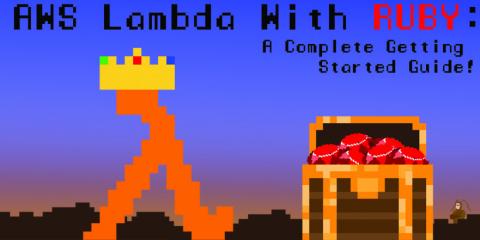AWS Lambda With Ruby: A Complete Getting Started Guide
It’s five o’clock on a Friday afternoon. There are no new bug reports and everything is looking smooth. Your plan of a relaxing weekend is in sight when you get a call—the website you look after isn’t responding. Yikes. AWS Lambda minimizes the chance of this truly terrifying event from happening by taking care of server maintenance while you focus on coding robust applications.











